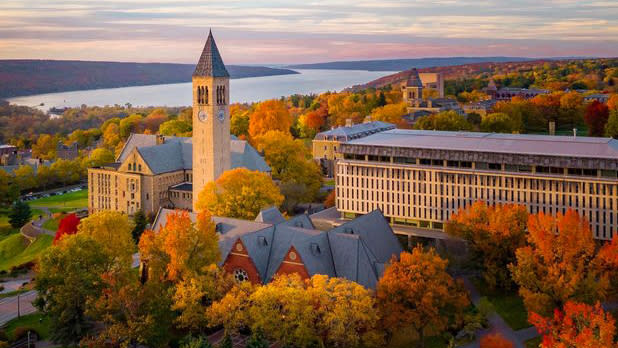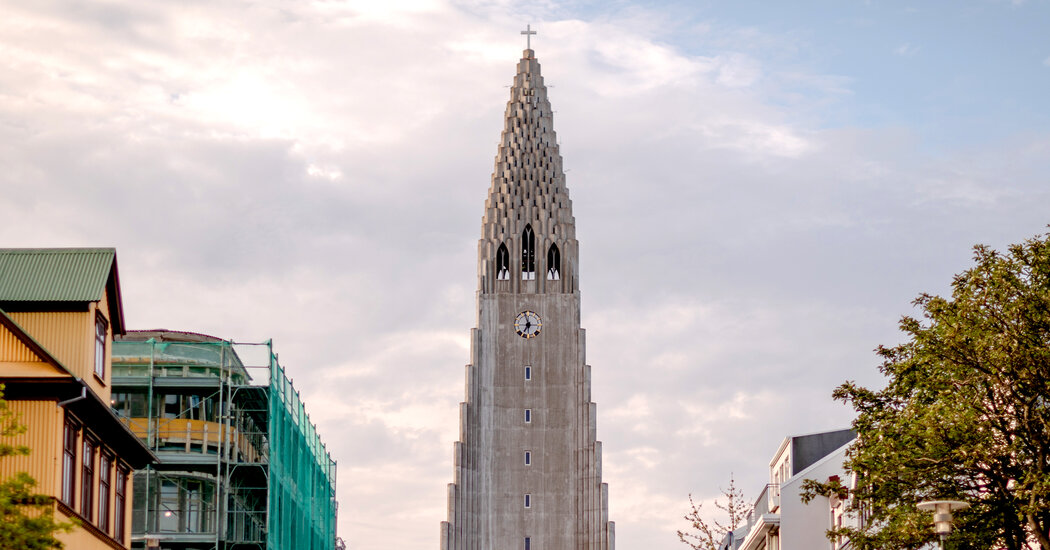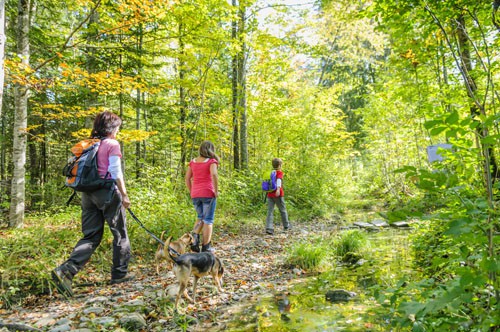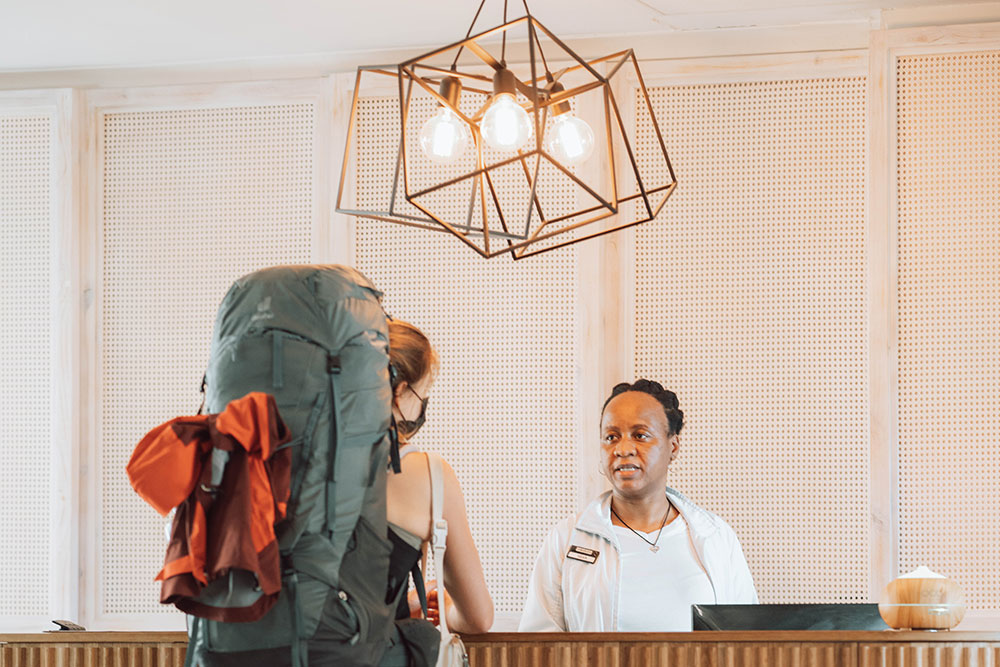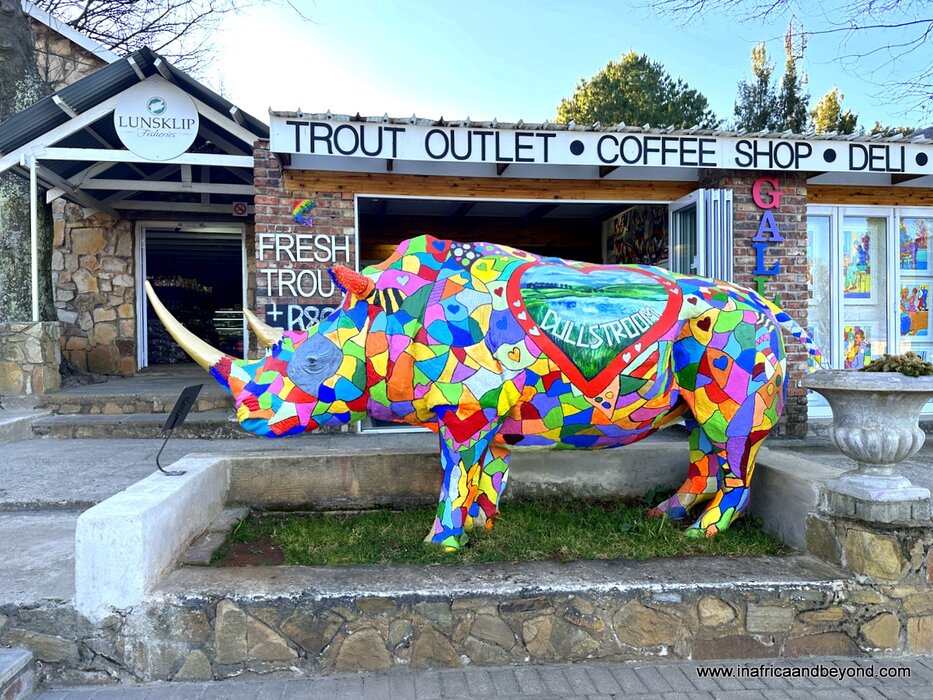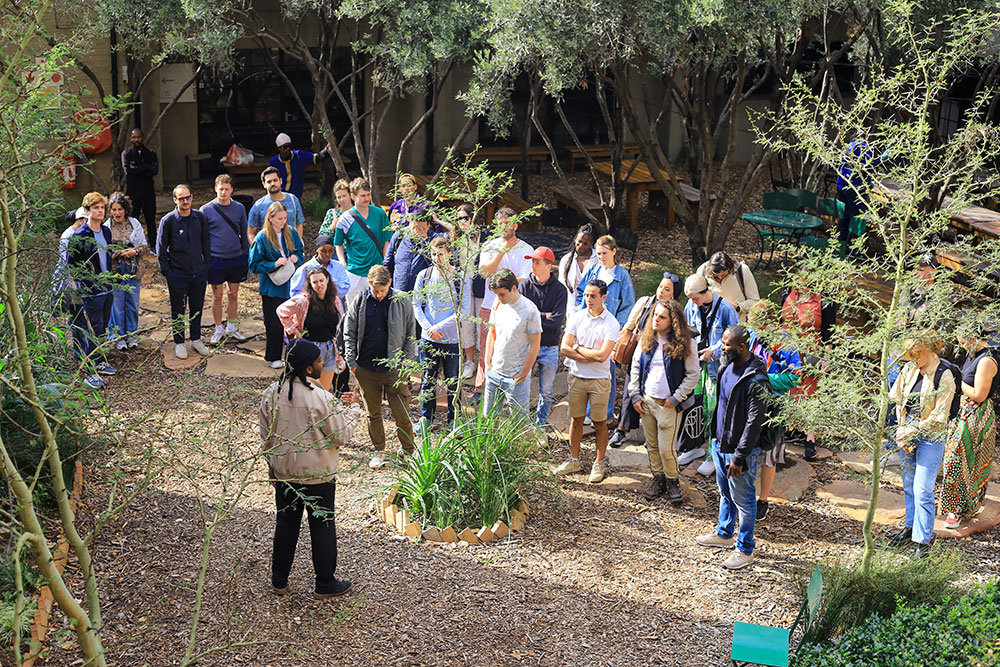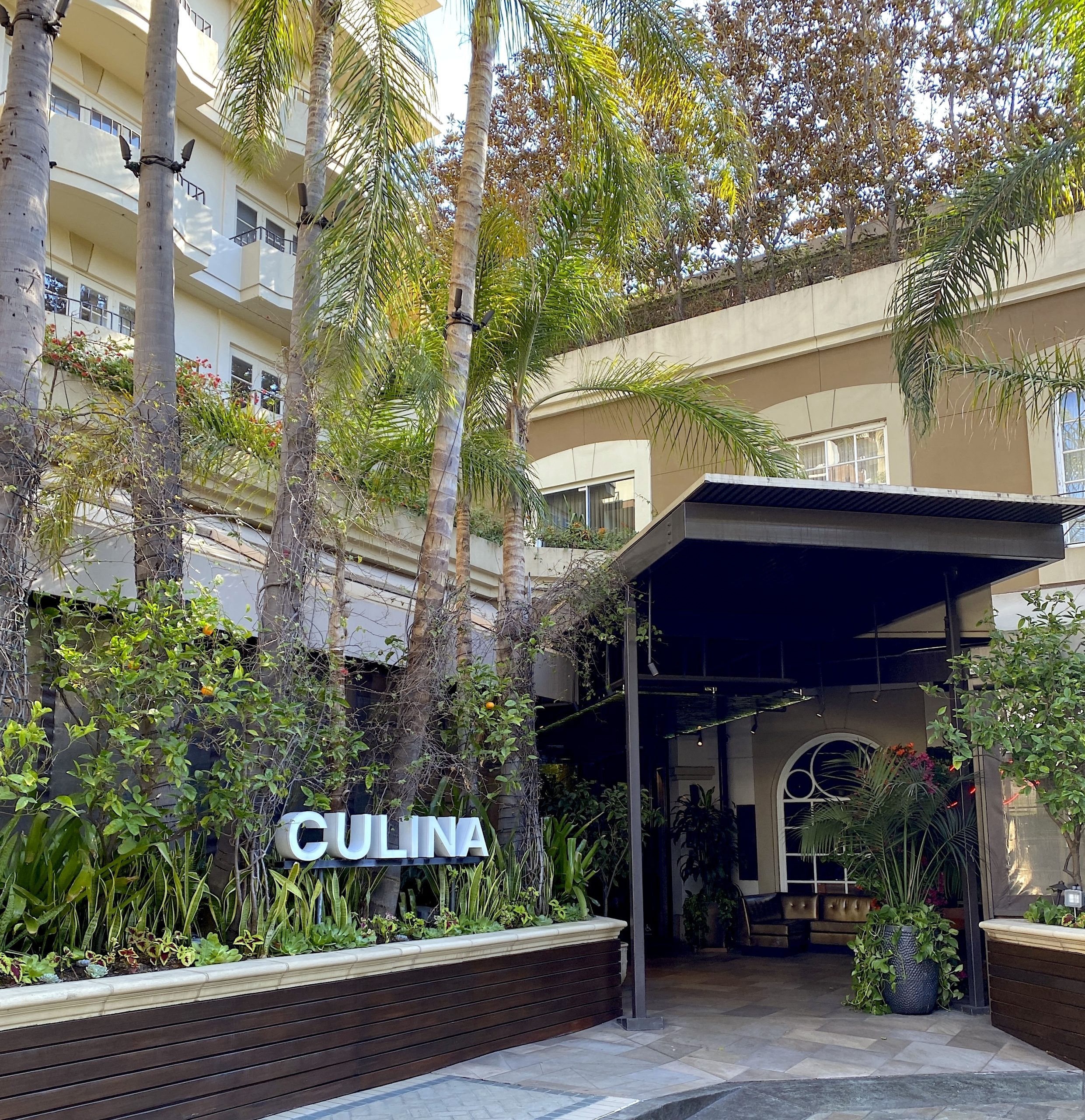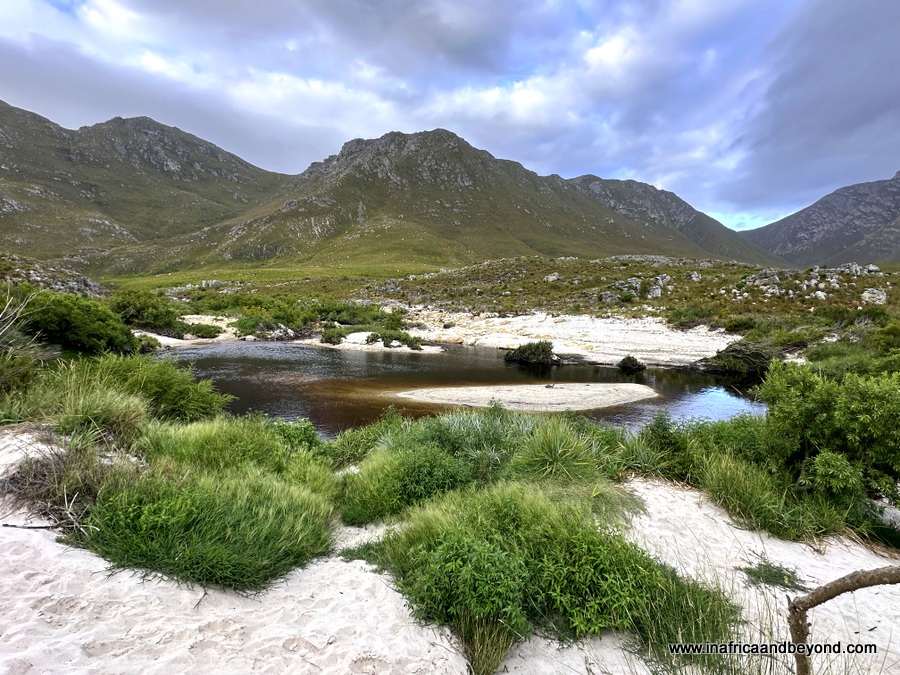
Kogelberg Nature Reserve Review
Tucked away along the Cape Whale Coast of South Africa, within the rugged Hottentots Holland mountain range, lies a hidden treasure—the Kogelberg Nature Reserve. Known as the heart of the Cape Floral Kingdom, this reserve is one of the richest biodiversity hotspots on the planet. It is home to over 1,880 plant species, including an incredible variety of fynbos found only in the Western Cape, making it a botanist’s dream.
Kogelberg Nature Reserve
Located about 90 minutes from Cape Town, near the town of Kleinmond, Kogelberg Nature Reserve is accessible via the scenic Clarence Drive (R44), one of the most stunning coastal roads in the world. It spans over 18,000 hectares and is part of the Cape Floral Region Protected Areas, a UNESCO World Heritage Site renowned for its extraordinary plant life and ecological significance.

Oudebosch eco-cabin
The reserve is managed by CapeNature, the organisation responsible for conserving the Western Cape’s protected areas, and is often described as the most beautiful of its reserves—which is why we chose to visit it. The reserve has two types of accommodation consisting of eight Mbali units and six Oudebosch eco-cabins. We stayed in the latter.

Our eco-cabin’s living room
Set against a stunning mountain backdrop, the stylish eco-cabins are built with environmentally friendly materials and designed to have minimal impact on the surrounding fynbos. Compost toilets are used instead of traditional flush systems. There is no Wi-Fi, mobile reception, or television, and guests are encouraged to fully embrace the tranquillity of the reserve. It’s the ideal place for a digital detox!

Our bathroom
The unique cabins are named after endemic plant species found on the reserve and our four-sleeper unit was called Erica. It was ideal for our family with two bedrooms, two bathrooms, and a fully-equipped kitchen and living area, separated by a courtyard with an outdoor braai facility. Large glass doors opened onto a wooden deck, maximising the spectacular views of the natural surroundings. There was a cosy fireplace for chilly evenings. We loved relaxing in our cabin and enjoying the views.

Main bedroom
Kogelberg has a range of hiking trails suitable for different fitness levels, including day walks and multi-day hikes. One of the most popular is the Palmiet River Trail, a relatively easy 10 km route that follows the river, with opportunities to swim in its crystal-clear pools. The Harold Porter trail leads up the Oudebosch gorge into the Harold Porter National Botanical Garden. The Kogelberg Trail is more challenging and takes hikers through rugged terrain, with panoramic views of the mountains and coastline. We did the Palmiet River Trail and paid a separate visit to the Botanical Gardens.

Palmiet River Trail
Mountain bikers can also explore the reserve, and birdwatchers can enjoy sightings of rare species such as the Cape rockjumper and the African fish eagle. The reserve also has wildlife like baboons, mongoose, small game and leopards (rarely sighted).

Mongoose
A refreshing swimming pool is situated between the cabins.

Swimming Pool
Kogelberg Nature Reserve’s pristine natural beauty and rich biodiversity make it a must-visit. We’ve also visited a few other Cape Nature reserves, including De Hoop Nature Reserve, Walker Bay Nature Reserve and Stony Point Nature Reserve, and can confirm that they’re worth visiting too.
Good to know
- Day visitors are allowed at a small conservation fee. Accommodation rates are very reasonable too.
- Bring comfortable hiking shoes, sunscreen, a hat, and water. Also, bring your own food and drinks as there is no shop on the reserve.
- There is a short gravel road leading into the reserve.
- The best time to visit is Spring (September to November) due to the wildflower displays. However, Kogelberg is a year-round destination.
- The only place in the reserve where you can get wi-fi is at the reception area but the staff will have to give you the password.
For more information, visit Kogelberg Nature Reserve.


Sara Essop is a travel blogger and writer based in South Africa. She writes about family travel and experiences around the world. Although she has been to 50 countries thus far, she especially loves showcasing her beautiful country and is a certified South Africa Specialist.
Publisher: Source link
Latest Posts
-
31 July 2025
-
26 July 2025
-
14 July 2025
-
01 July 2025
-
07 August 2025
-
29 July 2025
-
20 February 2025
-
04 February 2025
Newsletter
Sign up for free and be the first to get notified about new posts.
Get The Best Blog Stories into Your icountox!
Sign up for free and be the first to get notified about new posts.

